Cogongrass in Arkansas
Cogongrass, Imperata cylindrical (L.) P. Beauv., is often categorized as one of the top 10 worst weeds in the world and is perhaps the worst potential invader on our borders. Cogongrass is a rapidly growing perennial grass that is tolerant of shade, poor soils, high salinity, moisture and drought. Cogongrass can invade pastures, natural or planted forests, riparian areas, highway rights-of-way, urban areas, and wetlands. It is native to Southeast Asia and was introduced into the U.S. in 1911 near Mobile, Alabama, as packing material in shipping containers.
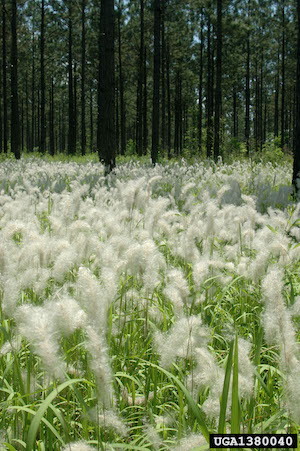 |
What is cogongrass?
Image: Chris Evans, University of Illinois, Bugwood.org Learn more about cogongrass and the problems it creates |
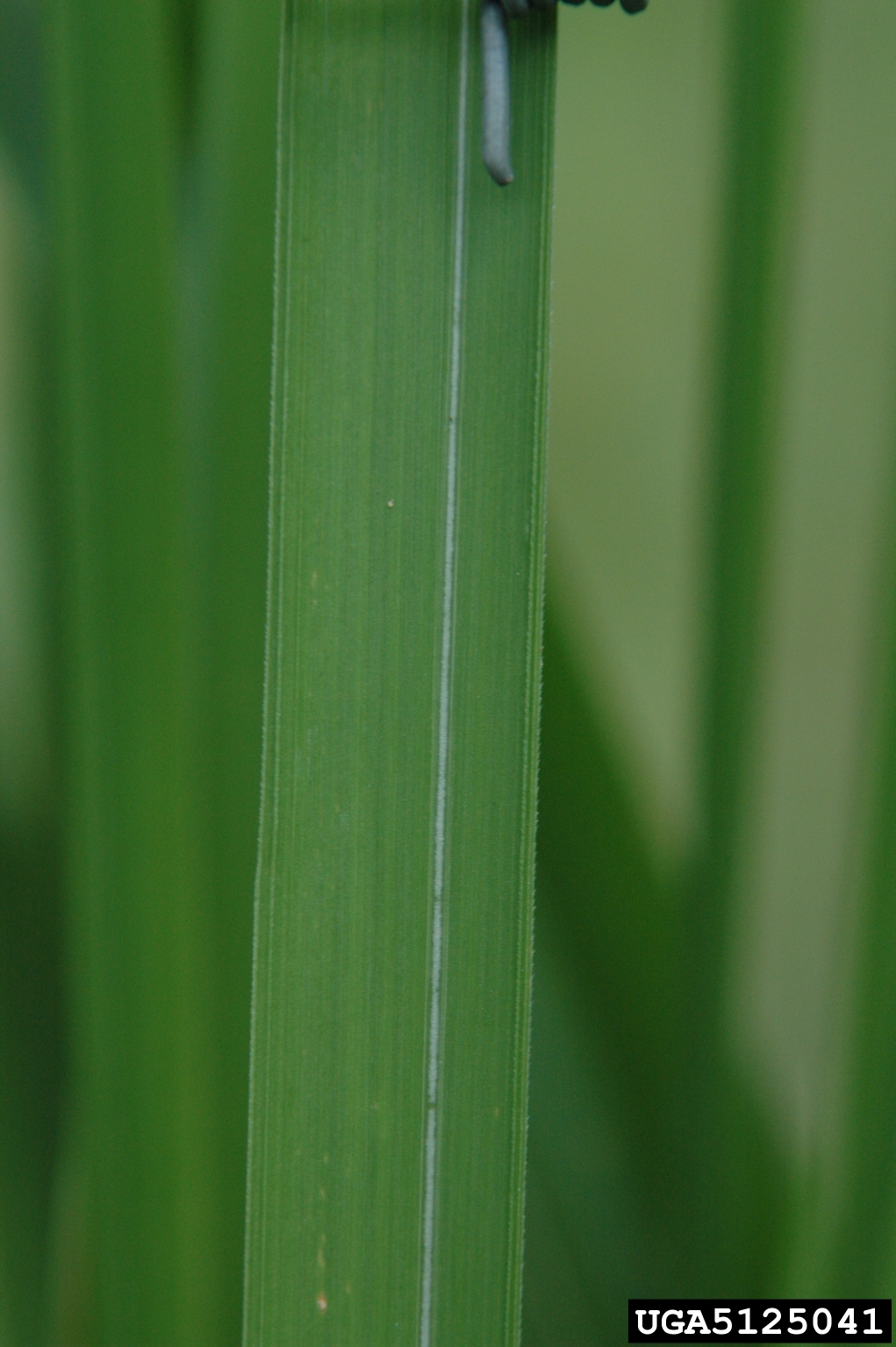 |
What does cogongrass look like?
Image: Chris Evans, University of Illinois, Bugwood.org |
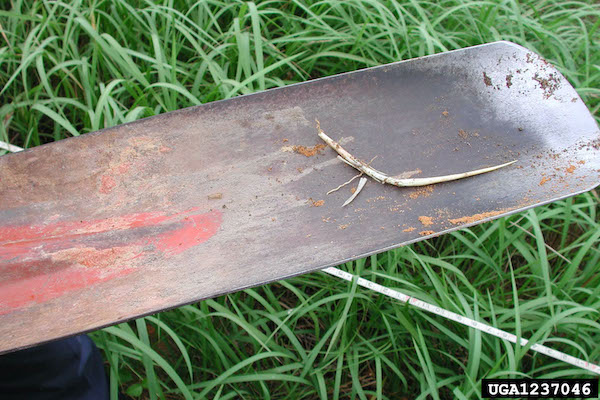 |
Who spreads cogongrass?
Image: Wilson Faircloth, USDA Agricultural Research Service, Bugwood.org |
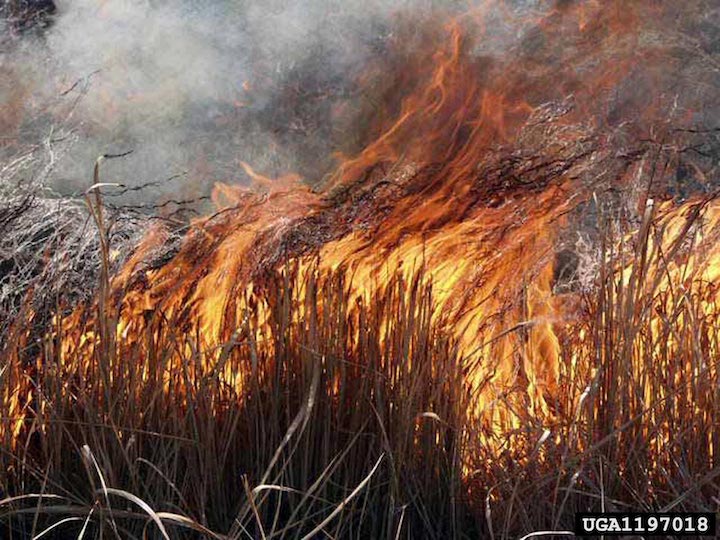 |
How will cogongrass affect you?
Image: Charles T. Bryson, USDA Agricultural Research Service, Bugwood.org |
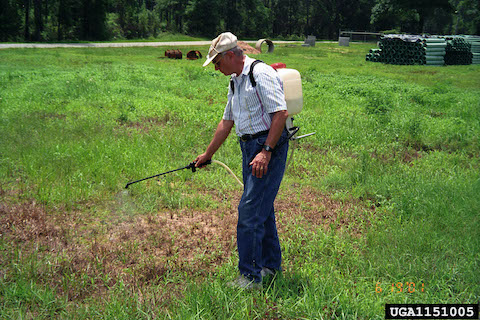 |
What can we do about cogongrass?
Image: Terry English, USDA APHIS PPQ, Bugwood.org |
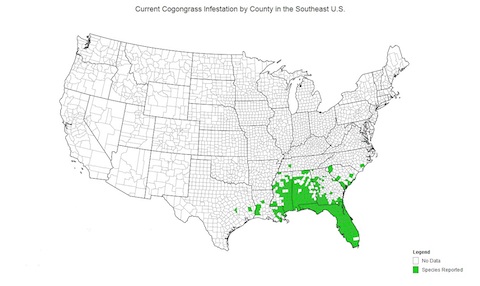 |
Where is cogongrass?
Map: Cogongrass.org |
Resources
Documents
Cogongrass Distribution and Spread Prevention
Cogongrass: A New Threat to Georgia
Cogongrass: [Imperata cylindrical (L.) Beauv.]
Field Guide to the Identification of Cogongrass
Mapping, Control, and Revegetation of Cogongrass Infestations on Alabama Right-of-Way
Websites
Invasive Plant Atlas of the United States - Cogongrass
Videos